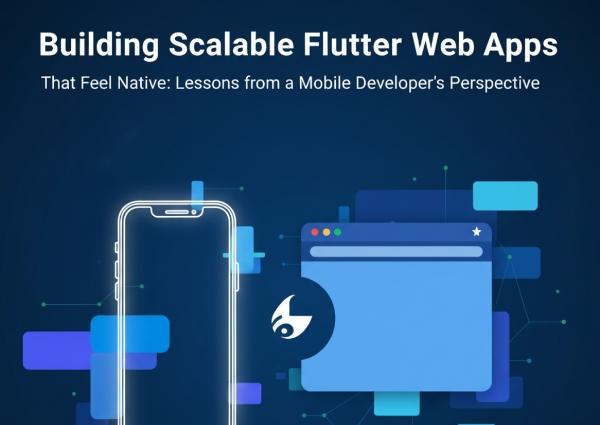Discover how mobile app design principles can revolutionize web development, creating faster, more engaging, and user-focused web apps that feel as smooth as native applications.

As a Flutter developer, I’ve spent years perfecting mobile experiences that balance performance, usability, and design. But lately, I’ve noticed a growing overlap — users now expect web apps to perform like mobile apps. They want instant load times, fluid transitions, offline access, and sleek design.
So, how do we bring that mobile-first excellence into web development? Let’s break it down.
When designing for web, most developers still start with desktop wireframes. That’s a mistake. Begin with mobile-first layouts, then scale up.
Key Takeaway:
If your design performs beautifully on a 5-inch screen, scaling it up to desktop is simple — the opposite is rarely true.
Web development today isn’t just about how it looks — it’s about how fast it feels. Use lazy loading, cache intelligently, and avoid unnecessary re-renders.
Technologies that help:
Automated Deployment: Continuous Integration/Deployment (CI/CD) via GitHub Actions or Vercel.
The future of web development is mobile-first, app-like, and lightning fast. By combining the performance discipline of mobile development with the flexibility of the web, we can create digital experiences that feel alive — not just functional. If you’re a developer looking to elevate your web apps, start thinking like a mobile designer. That mindset shift alone can make your projects stand out.